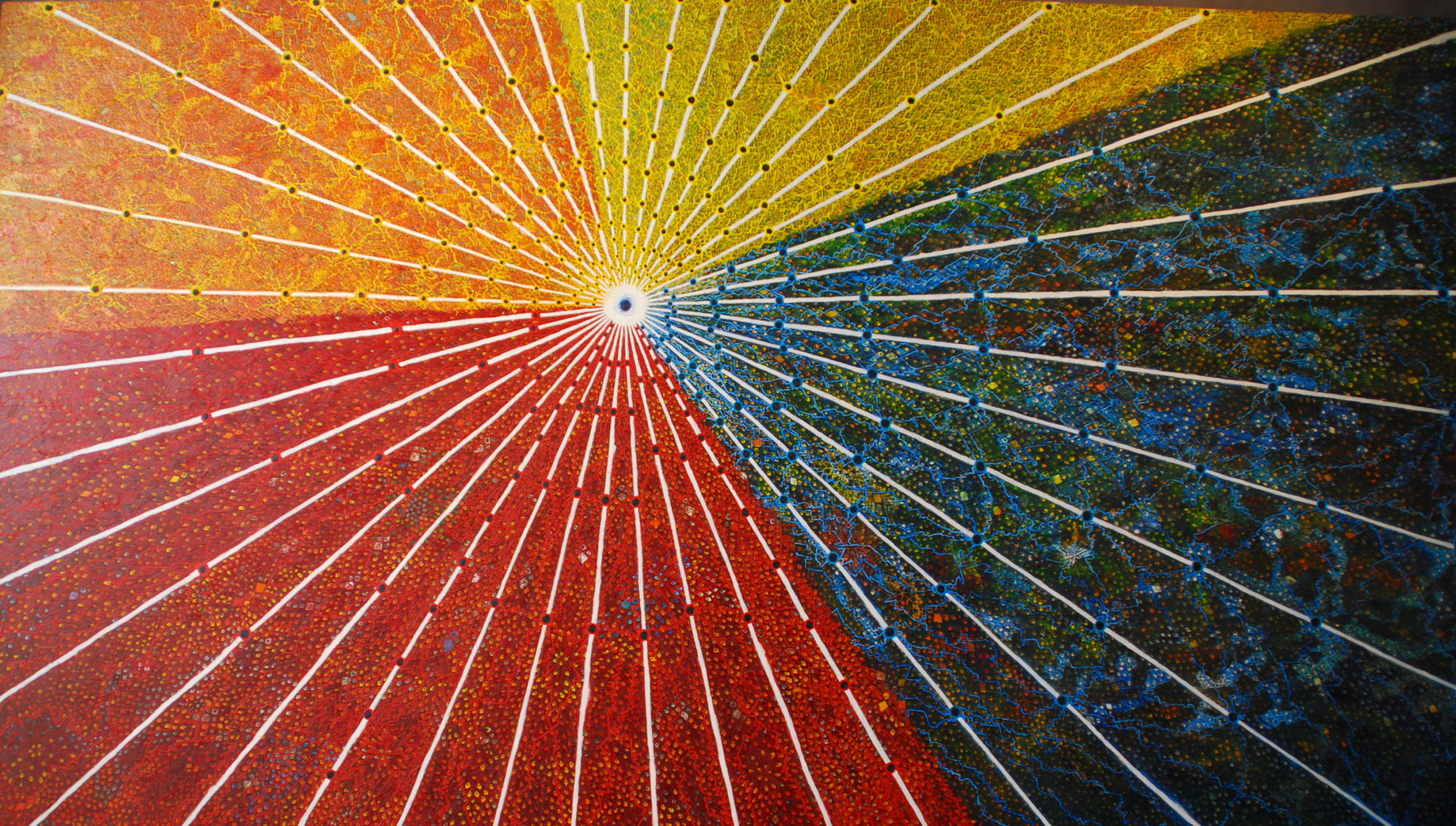I’m not 100% sure what most people think when they think of Argentina—perhaps its the European style of Buenos Aires, the sizzle of tango, the melt-in-your-mouth taste of steak, the wilds of Patagonia, or the gauchos of the pampas—but I’m pretty sure it’s probably not cacti. In northern Argentina, however, that’s exactly what you’ll find: huge cacti and marvelous rock formations. And oh yeah, vineyards too.
Lying west and south of the major city of Salta, the Valles Calchaquies is a collection of towns (mainly tiny) at approximately the altitude of Denver in a landscape that looks like that of the American southwest. A road circuits through the towns, providing a splendid diversion for a couple of days.
We left Salta Tuesday morning on a bus that reminded us that as we move north we’re leaving behind the luxury of highly developed Chile and Argentina for the more basic offerings of the rest of South America. After stopping for about every single person on the side of the road as well as some bananas and a watermelon, we made it through the seemingly never ending suburbs of Salta and began to wind and wind and wind and climb and climb and climb our way through the Cuesta del Obsipo and the Parque Nacional Los Cardones. The narrow gravel road weaved through valleys surrounded by imposing scrubby cliffs.
Upon reaching altitude, the road leveled out and we revved our way through a sandy desertscape of giant cacti.
After 5.5 hours on this luxury liner, we pulled into the town of Cachi, which, though one of the largest towns in the Valles Calchaquies, is nothing more than a central plaza and about a block on each side. We set ourselves up in the hostel and then covered the town from side to side, end to end. This wasn’t our biggest accomplishment, however. No, our biggest accomplishment was securing a ride for the next day. Though we’d come on bus to Cachi, we weren’t going to be able to rely on the bus to get all the way around the loop. For some strange reason, 39 km of the loop isn’t accessible by public transportation. If you want to cover that stretch, you have two choices: walk or hitch. We chose hitch, but not the standing on the side of the road, thumb in the wind type of hitching. We chose instead the ask the other travelers if they have a car and want to give you a ride type of hitching. We got lucky and the first people we asked, a British couple, offered to take us not just the 39 km not covered by bus, but all the way around to the other main town, Cafayate. Great success!
Before hopping in the car with our new friends, we made a morning visit to the local church and then trekked up to the hilltop cemetery, which looked like something straight from the wild, wild west.
The spectacular scenery continued as we began our bumpy ride around the loop. Huge red rock formations jutted up from the ground, a couple of prairie dogs played roadside, and a few tiny, tiny towns existed seemingly in the middle of nowhere. We stopped time after time to take photos, never quite capturing the magnificence of it all.
A welcome stretch of paved road led us into Cafayate, which seemed like a big city thanks to the fact that it had a few blocks in each direction from the plaza. It’s also an important city, as it is, after Mendoza, the second largest wine producing region in Argentina. And so, after surviving a torrential nighttime rainstorm that turned the roads into rivers, we took advantage of the sunny day and the many nearby wineries to sample the local goods. The specialty of this area is not the malbecs and cabernet sauvignons that most people associate with Argentina, but a dry white wine called torrontes. It’s actually quite good, and that’s coming from a red wine devotee. Visits to three wineries plus a goat cheese farm (because what goes better with wine than cheese?) filled our day.
On our final day in the Valles Calchaquies, we hopped an afternoon bus, and then after 46 km asked the driver to drop us off in the seeming middle of nowhere. He obliged, and we spent the next five hours getting up close and personal with the wacky rock formations, including named ones such as the amphitheatre and the devil’s throat.
We managed to successfully hail down the evening bus and then spent the next few hours rocking and rolling back to Salta on a bus that seemed to have no shocks or struts. It was a treat I tell you, but not as much as the delicious steak dinner we had to cap off the night.
The Valles Calchaquies certainly might not be archetypical Argentina, but both Jeff and I agree that it currently holds the title for our favorite part of Argentina. Once we return in March for Buenos Aires, Iguazu Falls, and Mendoza—probably the most popular areas of this country—we’ll let you know if the title still holds.












You must be logged in to post a comment.